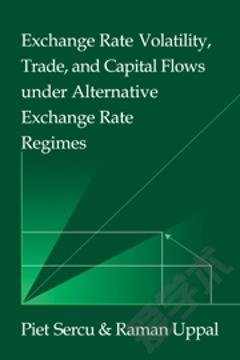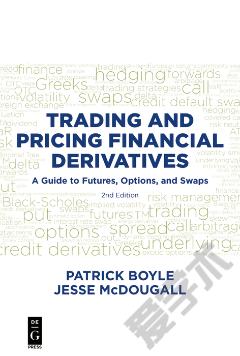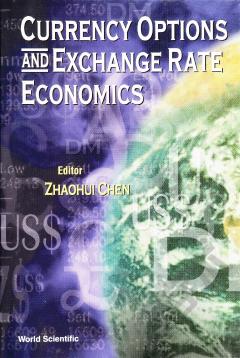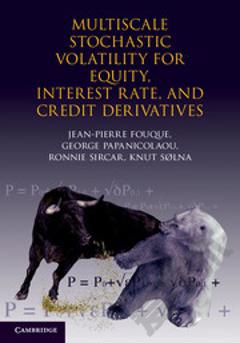Exchange Rate Volatility, Trade, and Capital Flows under Alternative Exchange Rate Regimes
Recent years have seen a substantial increase in the volatility of exchange rates. This trend has prompted economists and finance analysts to question if the observed behaviour of exchange rates is consistent with a rational model. Does that volatility hinder trade? What are financial markets' effects on countries' investment decisions, and how would changes in fixed exchange rates affect growth and welfare? What are the requirements to make such changes feasible? Professors Sercu and Uppal examine these issues in the context of dynamic general equilibrium models, explicitly considering the role of financial markets while allowing for commodity markets to be segmented across countries. They show that the theoretical models for exchange rates in this context are quite different from those put forth by monetary theorists and proponents of purchasing power parity arguments.
{{comment.content}}








 京公网安备 11010802027623号
京公网安备 11010802027623号